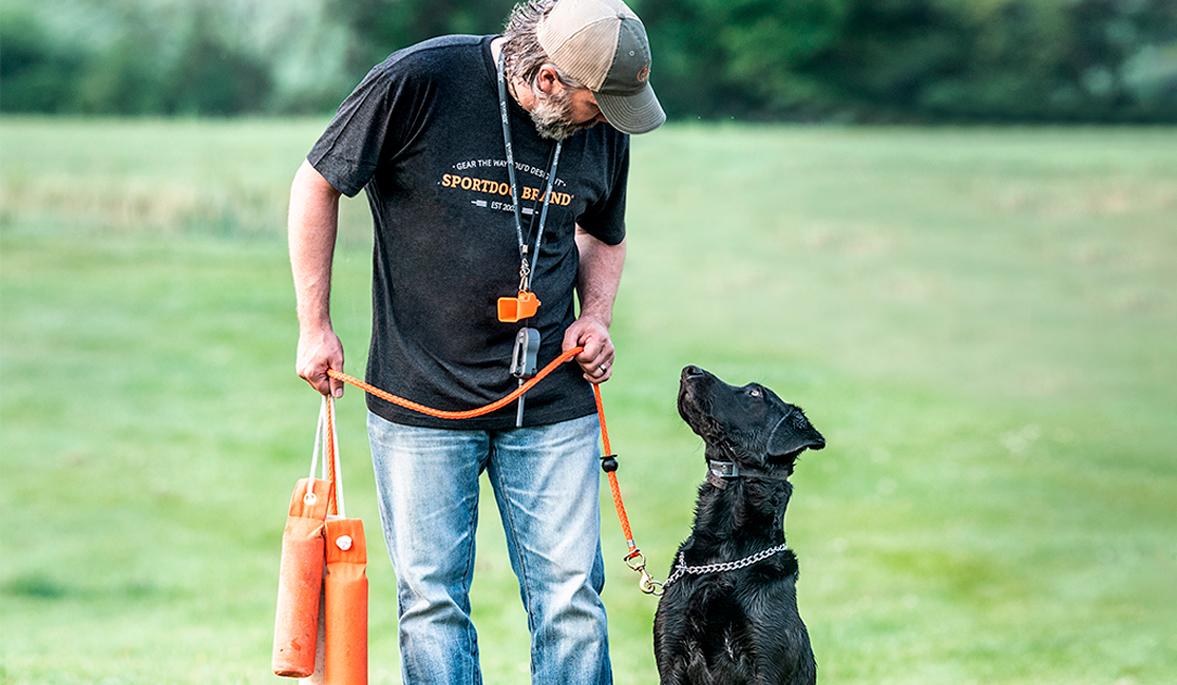
5 Things to Remember When Training Your Hunting Dog
Posted by The SportDOG StaffTraining your own gundog can be one of the most rewarding and humbling experiences of any pet owner’s life. The sense of pride and elation that one feels after their dog has learnt a new command is only rivalled by the feelings of doubt and frustration after a training session doesn’t go as planned.
Just like its owner, every dog has its own personality and ability to process new information. In order for those to become truly in sync, this simple truth must be acknowledged from the beginning.
Despite the rewards and challenges that await every dog and owner, the top professionals agree – in order to be successful, there are certain facts that must be maintained. The trick, of course, is knowing where to begin.
Attitude is Everything
Before you’ve even had a chance to put a lead on your dog or teach one of the basic training commands, you need to be mindful of your attitude – it’s what will set the tone for every interaction you have with your dog, and it needs to be positive.
Learning to train your dog is not a simple task. Whilst certain lessons might be easier to teach than others, mistakes will happen. Accepting this from the beginning is crucial, as you’ll quickly learn the attitude you present and how you respond to these mistakes will be echoed in your dog’s behaviour. Be encouraging. Give praise. Remember your dog wants to please you and if your attitude should ever turn negative, stop what you’re doing and re-evaluate the situation.
As important as your attitude can be, your dog's attitude should always be top of mind as well. If your dog starts to present habits that are negative, such as walking with its head down or keeping its tail tucked between its legs, stop your training and re-evaluate. Just like you, your dog will deal with mental pressures while attempting any training programme. It's your responsibility to keep things fun and enjoyable.
Build a Proper Foundation
No different to building a house, the first step in any dog-training programme should be to lay a solid foundation. However, instead of pouring concrete or setting the exterior walls of a house, you’re laying down the basics and setting the framework for a realistic training programme.
In order to accomplish this properly, start with basic training commands. This step is crucial as it will serve as the hammer and nails to your dog’s foundation. The commands of sit, stay, come, heel, and kennel, must first be taught on a lead before moving to an electronic-training collar.
When giving these commands, remember to speak in clear, concise words and not complete sentences. By keeping the language consistent and brief, your dog will be able to understand them much quicker. Once your dog has shown the ability to perform these commands on a lead, transition to verbal commands only. Afterwards, and only then, should you begin to condition your dog to an e-collar.
Teach, Repeat, Test
When working with your dog, it’s important to keep each training session goal-oriented. Remember to set realistic goals and not to allocate a strict amount of time for each training session. Continue with the exercise until you’ve achieved the desired outcome, but also be aware of overworking your dog, especially if it’s young.
For the first couple of days of training, focus on getting your dog to 'bend' with you while on the lead. By doing this, you're allowing the dog to self-interpret the meaning of the lead and how it's used in response to its actions. Once the dog understands that you're in control, its learning time will increase significantly.
Once you feel your dog has learnt the basic commands, it’s time to refine those skills until it exhibits a conditioned response. While no 2 dogs learn at the same speed, on average it might take as many as 1,000 repetitions, or a month of garden work, before it thoroughly grasps a command.
After repetition is complete, the testing process is next on the list. Clearly stated, this is where you begin to introduce distractions during the training process to test how your dog responds. Distractions can come in many forms, whether it’s using new people, noises, or surroundings, testing your dog is imperative to refining its skill set. Similar to someone who plays competitive sports, dogs are athletes and need this teaching, repeating, and testing process as does a footballer when it comes to learning a new skill, completing it in practice, and then performing in a match.
Know Your Limits and That of the Dog's
As we previously discussed, mistakes will occur during the training process. Some mistakes are more easily avoided than others, but the truth here lies in your ability as the trainer to recognise your own limitations and that of your dog’s ability.
Just as you recognise that your 7-month-old puppy won’t be able to point, flush, and/or retrieve its first bird without any assistance, you must recognise what you know and what you don’t regarding training. The process of dog training is filled with trial and error, but often these errors occur by doing too much, too quickly.
At any point during a training drill should you see repetitive mistakes being made, it’s time to stop and re-evaluate the process. Only by understanding what went wrong and why it happened, will you be able to self-correct it the second time around. Remember, training can be physically and emotionally hard on both you and your dog. As the trainer, it’s your responsibility to build and maintain desire in your hunting companion. Setting your dog up for success by knowing your strengths and weakness, as well as theirs, will help ensure that you’ll have a loyal and devoted hunting partner.
Don’t be Afraid to Ask for Help
Very similar to recognising your own limitations and that of your dog, it’s better to ask for help than admit defeat. One of the common mistakes that’s often seen from amateur dog trainers is the inability to find a training programme and stick with it from beginning to end.
In an age with virtually unlimited information, it’s easy to become distracted or to try and speed up the process by combining multiple programmes or advice from friends and family. However, it’s during these moments that you are merely adding to the dog’s confusion rather than finding a simple solution to the problem.
If you’re unsure where to start or how to complete a certain task, don’t be afraid to ask for help. In most cases, professional trainers are extremely open and will gladly provide you with pointers or help answer questions in exchange for you volunteering to help them with their work. In reality, such an agreement is a win/win for both parties as you are providing them with extra help whilst being able to observe and ask questions during real-time training scenarios.
Other options for assistance include finding a local training group or attending a hunt test in your area. By finding a group of like-minded people with experiences greater or equal to your own, you’ll be able to share and exchange knowledge that will advance your own dog’s skill set. In return, your dog will thank you for it with hunting memories that will last a lifetime.
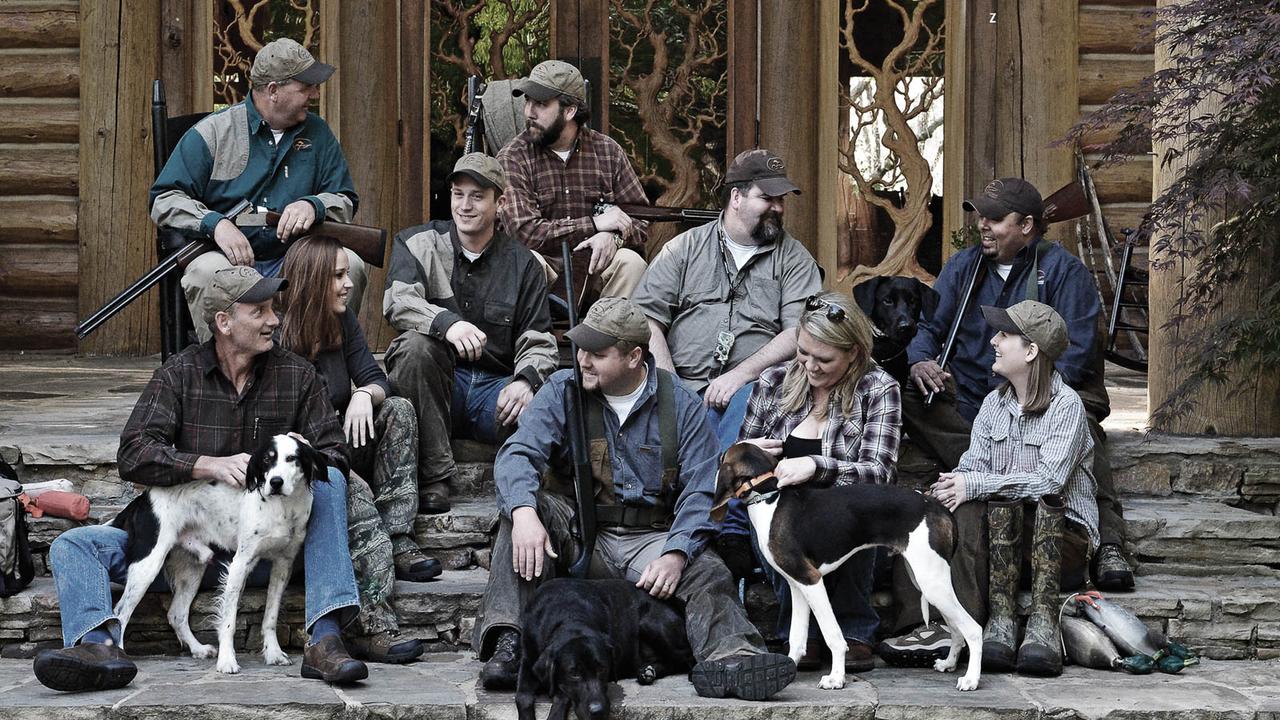
The SportDOG Staff
Related Articles
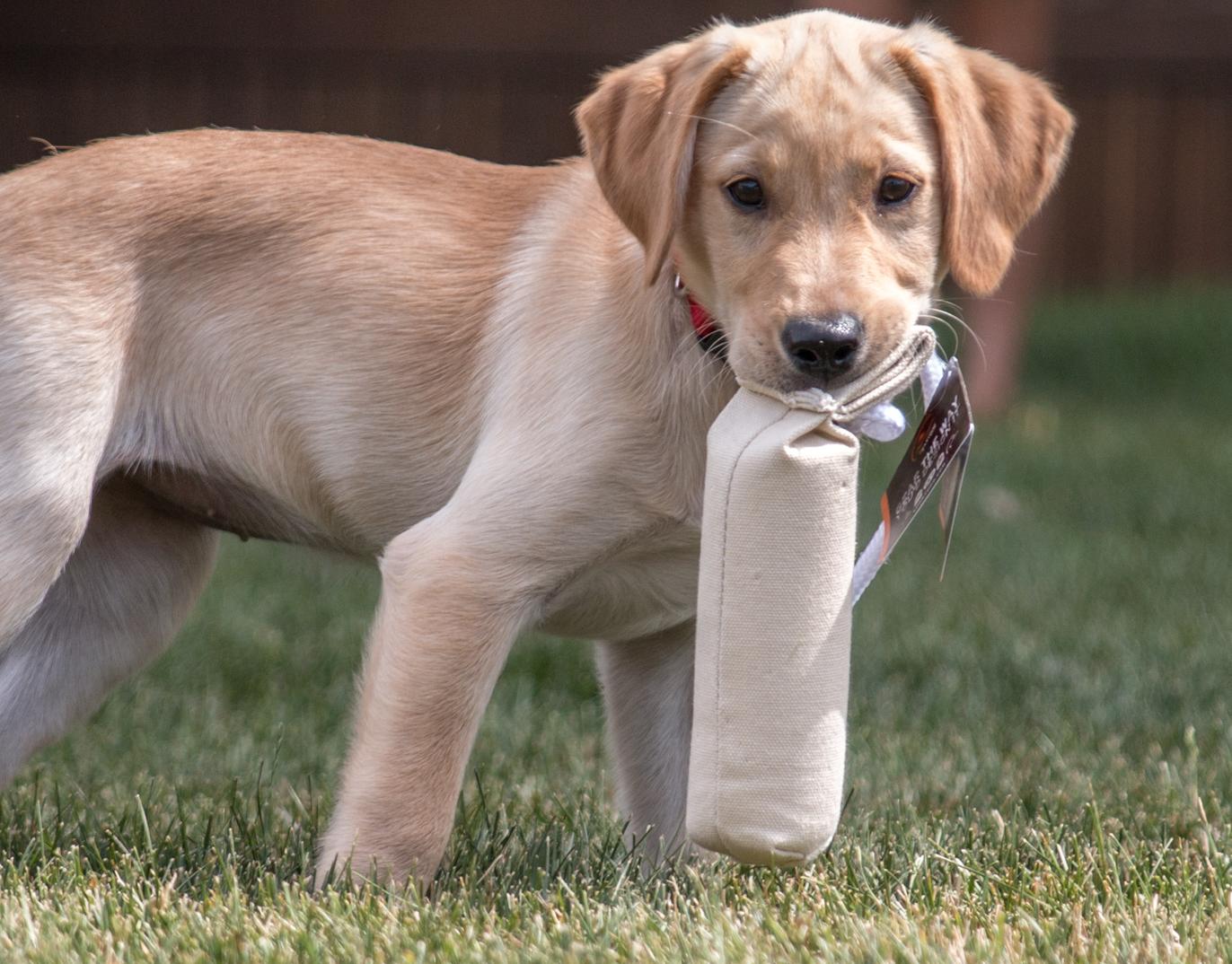
3 Ways You’re Ruining Your Gundog Puppy
by Greg McGuffin
Owners of puppies make countless training mistakes. They may not know it initially, but it’s the little things that separate professional trainers from owners who dabble in training. As a professional trainer, I’ve seen every type of misguided puppy and spent countless hours undoing bad habits. Commonly, when a 6-month-old puppy...
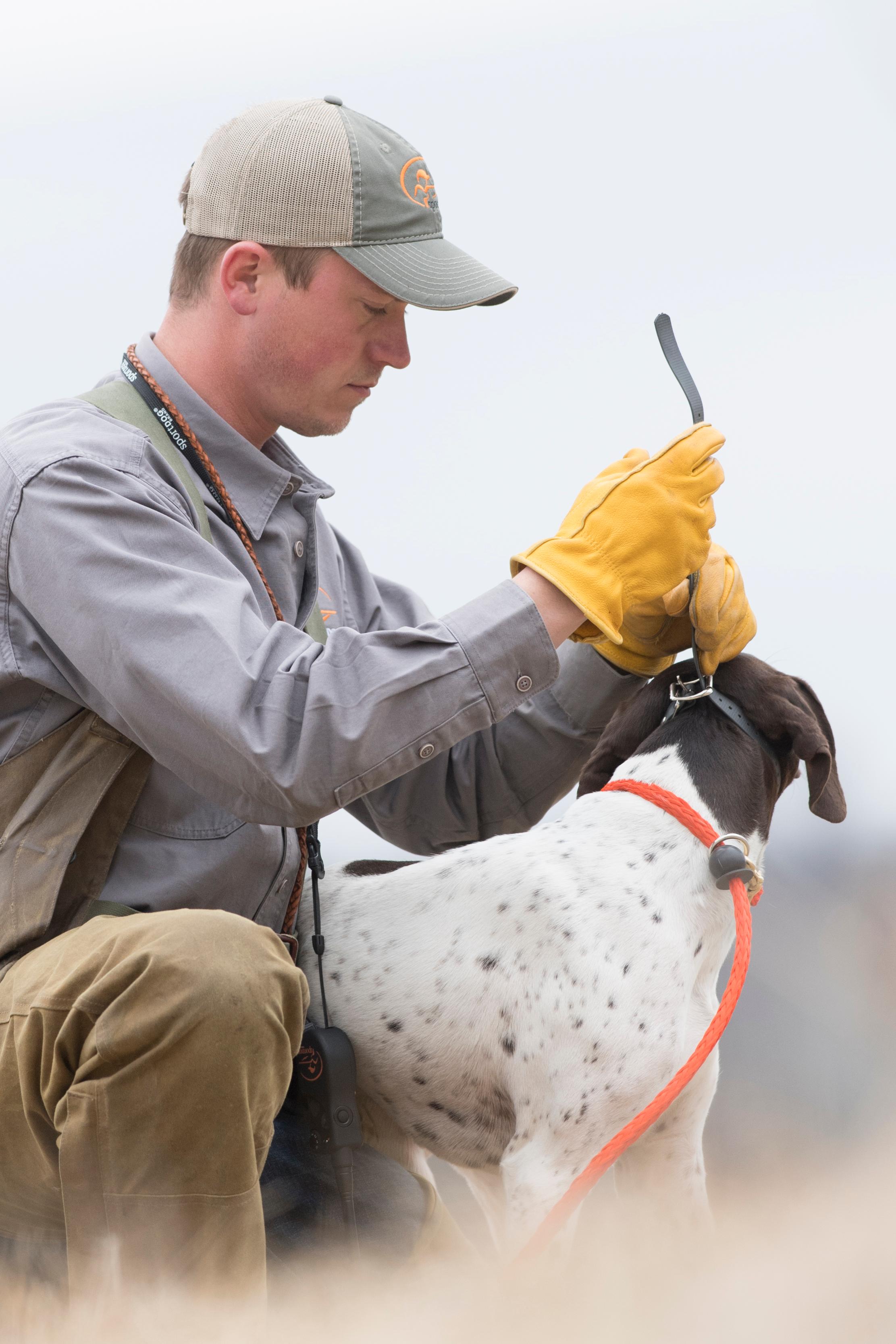
Proper Introduction to the E-Collar
by Chris Akin
The e-collar is an amazing tool. It can fine-tune a dog, extend your control, and even save an animal’s life. But here’s the thing: You must understand what it is. It is not a magic bullet. I call it a polishing tool. It’s an enforcement tool and a distance minimiser. What...
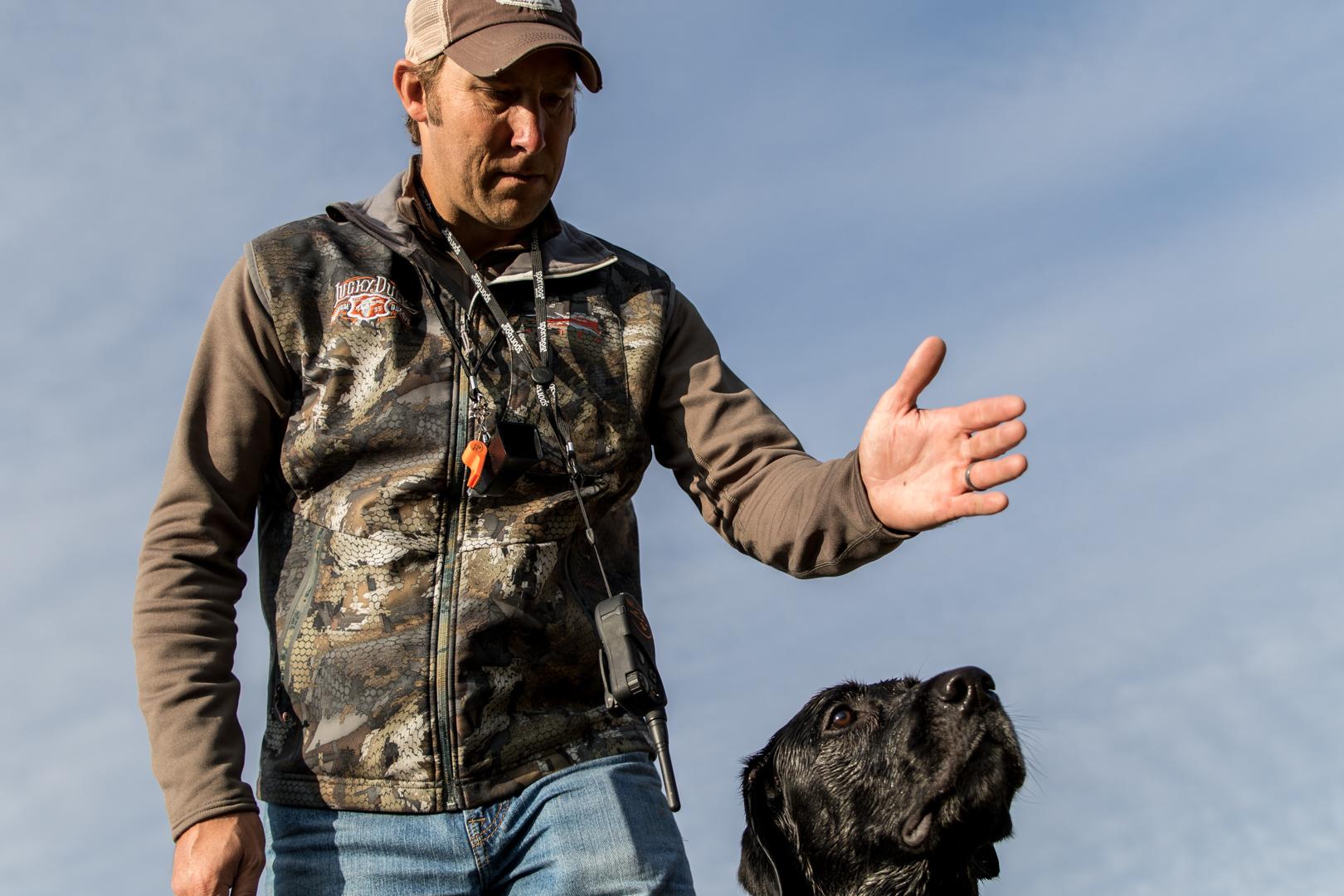
10 Mistakes in Gundog Training and How Not to Make Them - Part 1
by The SportDOG Staff
The best thing about the years that we and our ProStaffers have spent training dogs is that we've made the mistakes. We extol the value of mistakes because you will learn from them even more than your successes, but there's no reason you can't learn from ours. We constantly hammer...
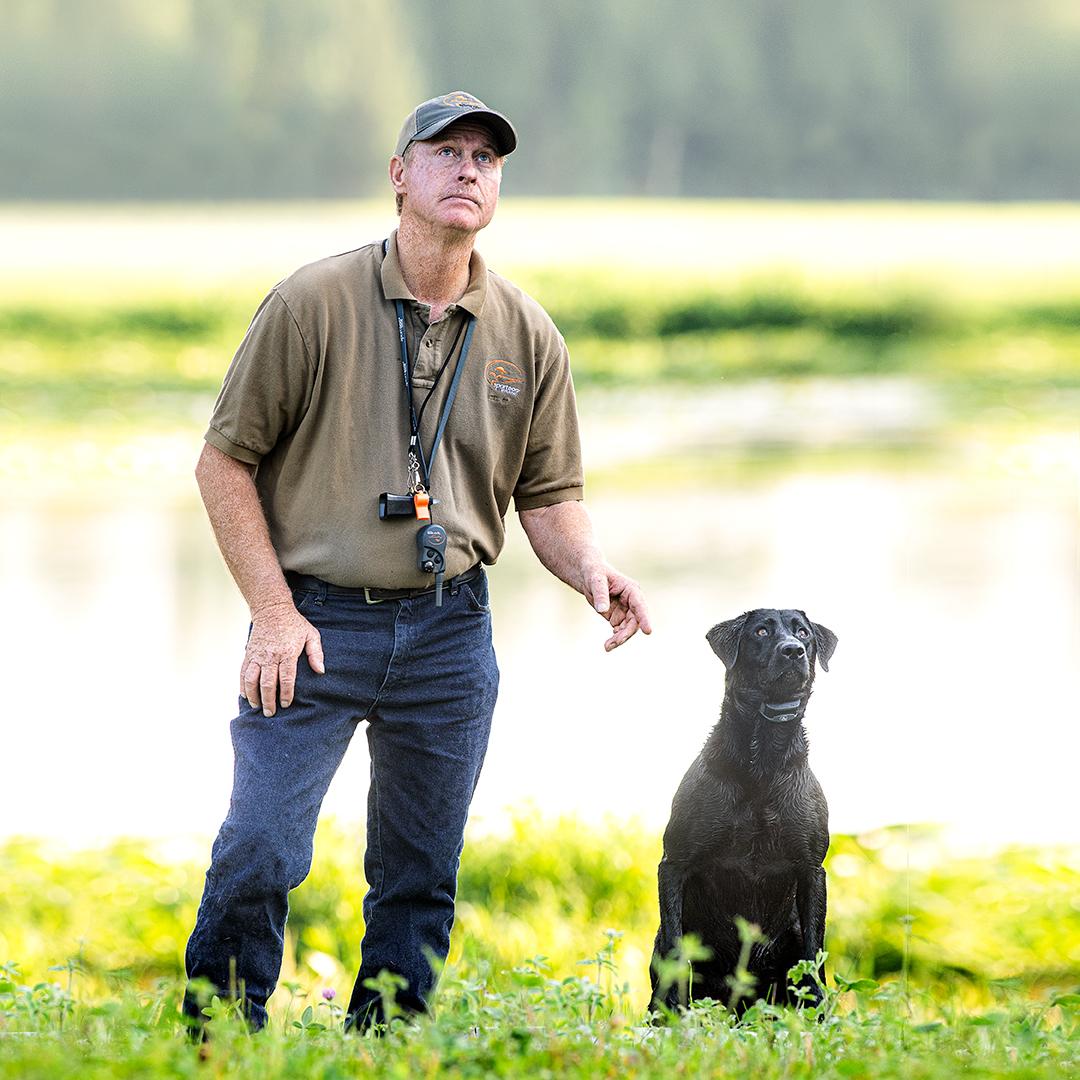
Tom Dokken's Top 10 Tips for Dog Training
by The SportDOG Staff
Senior ProStaffer Tom Dokken has forgotten more about dog training than most of us will ever know, so it'd be almost impossible to get everything in one place, but Tom shared some of his Top 10 Tips for dog training: 1. Never give a command you cannot enforce. If you do...
